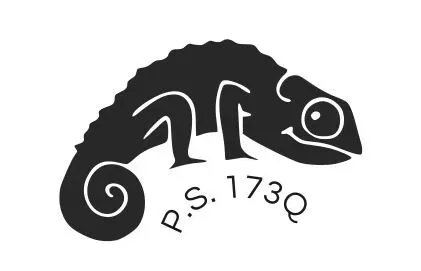Physical Education
There are tons of things to learn about physical education, but here is a snapshot of goals and objectives for the students at P.S.173.
Research shows there are a number of benefits to physical education and being physically active:
- Daily physical activity and PE can improve academic achievement.
- Students who are physically fit perform better in academic tests.
- Physically active students have better attention spans, classroom behavior, and attendance.
- PE can improve the school climate.
The goal of physical education is to develop physically literate individuals who have the knowledge, skills and confidence to enjoy a lifetime of healthful physical activity.
To do this, students will:
- learn the skills necessary to participate in a variety of physical activities
- know the implications and the benefits of involvement in various types of physical activities
- participate regularly in physical activity
- be physically fit
- value physical activity and its contributions to a healthful lifestyle
By the end of Grade 5, the students will:
- demonstrate competence in fundamental motor skills and selected combinations of skills
- use basic movement concepts in dance, gymnastics and small-sided practice tasks
- identify basic health-related fitness concepts
- exhibit acceptance of self and others in physical activities, and
- identify the benefits of physically active lifestyle.
Students will perform basic motor and manipulative skills. They will attain competency in a variety of physical activities and proficiency in a few select complex motor and sports activities. Students will design personal fitness programs to improve cardiorespiratory endurance, flexibility, muscular strength, endurance, and body composition by:
- participating in physical activities (games, sports, exercises) that provide conditioning for each fitness area
- developing physical fitness skills through regular practice, effort, and perseverance
- demonstrating mastery of fundamental motor, non- locomotor, and manipulative skills, and understand fundamental principles of movement
- understanding the effects of activity on the body, the risks associated with inactivity, and the basic components of health-related fitness (cardiovascular, muscle strength, muscle endurance, flexibility, and body composition)
- demonstrating and assess their fitness by performing exercises or activities related to each health-related fitness component, and establish personal goals to improve their fitness
- understand the relationship between physical activity and individual well-being.
This is evident, for example, when students:
▲ demonstrate basic motor skills (run, climb, hop), manipulative skills (throw, catch, strike), and non-locomotor skills (balance, weight transfer) using mature motor patterns while engaged in a variety of activities
▲ apply the concepts and principles of human movement to the development of new skills (e.g., catching objects while moving, throwing objects using opposition)
▲ adjust performance of skill as a result of monitoring or assessing previous performance (e.g., moves closer to target or throws at altered angle of release following toss that falls short)
▲ do additional push-ups each day to improve upper body strength, additional stretches to improve flexibility, and additional running to develop cardiorespiratory fitness
▲ engage in physical activity and frequent monitoring of pulse rate to reach and maintain a target heart rate for an appropriate amount of time
▲ perform appropriate warm-up and cool-down exercises before and after vigorous activity to avoid muscle injury
▲ set a personal physical activity goal and track progress toward its achievement.
Click link for further descriptions of P.E. standards for the state of New York!
http://www.nysed.gov/curriculum-instruction/physical-education/
NYC FITNESSGRAM is an annual fitness assessment for students in grades kindergarten-twelve that helps students and their families develop personal goals for lifelong fitness. Students complete the assessments in Physical Education class. NYC FITNESSGRAM is not a graded test, and the results are confidential.
- Grades K-3: Students are measured for height and weight only.
- Grades 4-12: Students are measured for height and weight, and complete five fitness activities that assess strength, endurance, flexibility, and aerobic capacity.
